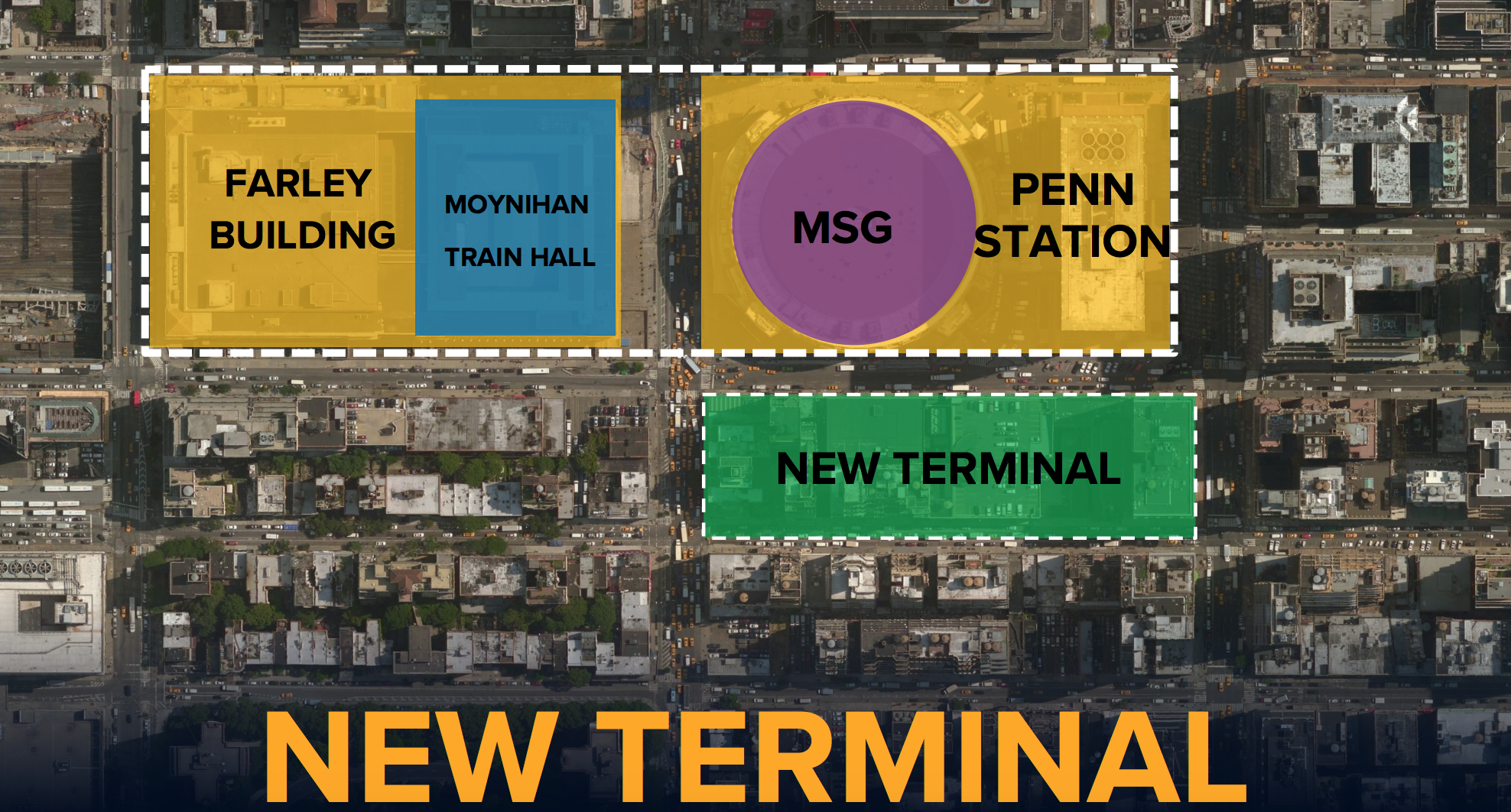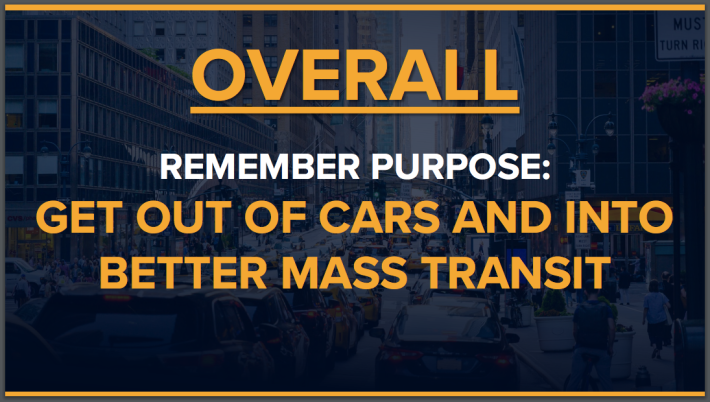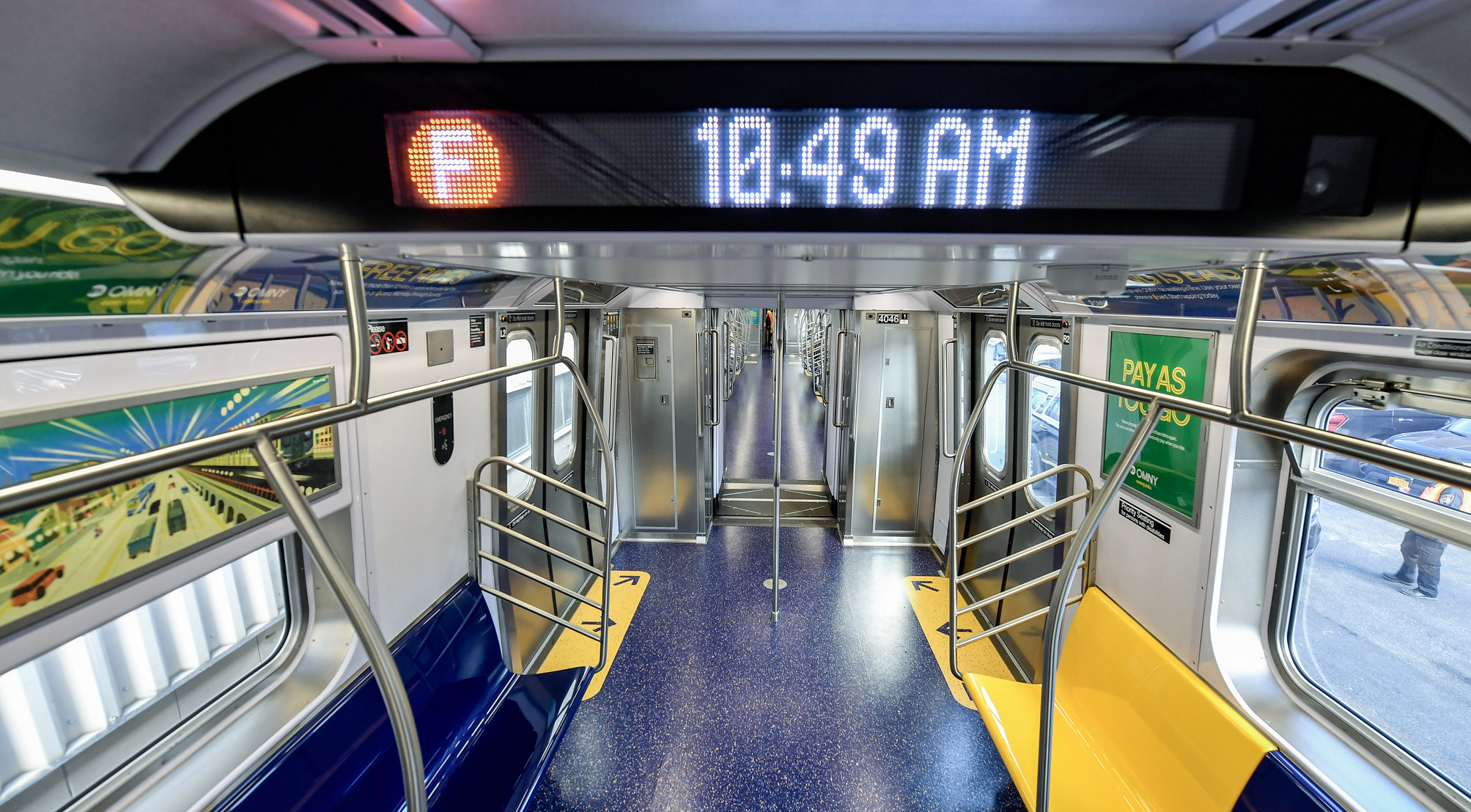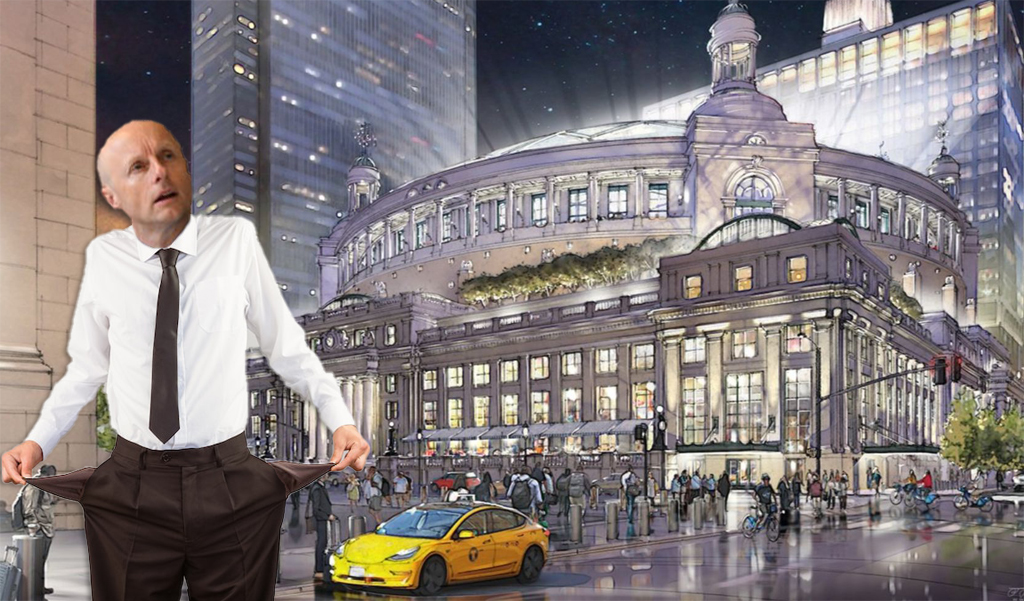Holy Moses, this plan stinks.
A Manhattan community board unanimously called for more people-friendly transit improvements in Gov. Cuomo's massive Empire Station Complex rebuild of Penn Station, even calling the governor's plan a relic of the Robert Moses era.
The plan to rebuild Penn Station focuses too much on big buildings and not nearly enough on the actual streets surrounding the new train station, where residents wrote that they wanted to see the state include a study of multiple busways, more shared streets and pedestrian-only traffic lanes around the rebuilt transit hub.
"This Robert Moses-like approach, with extensive displacement and car-centric transportation planning occurs throughout the proposal and should be replaced with a more pedestrian- and urban planning-centric narrative," Manhattan Community Board 4's leaders wrote to Empire State Development executives Howard Zemsky and Holly Leicht in a July 30 letter that reflected all 47 voting members of the board — almost unheard of unanimity from a community board. [Full letter embedded below.]
The stinging critique is especially harsh in light of the fact that when he announced the multi-billion dollar project, Cuomo said that purpose of the latest example of the governor's edifice complex was to "get out of cars and into better mass transit." But that's not specific enough, the Hells Kitchen panel said.
"Analyses need to be made from a pedestrian/commuter and micro-mobility point of view rather than an overly car-centric perspective," CB4 points out for a plan made around the city's largest transit hub and in a neighborhood seeing increased bike and non-car transportation options. Among the analyses and studies the community board wants to see in the plan:
- More public space than the current public plaza between office buildings on West 30th and West 31st streets, and a piece of open space on West 33rd Street and Seventh Avenue.
- A shared street on 31st Street between Seventh and Ninth avenues, in addition to the shared street on West 33rd Street.
- Busways on Eighth and Ninth avenues from 30th to 42nd streets, and one on West 34th Street.
- “Walk lanes” in the road on Eighth and Ninth avenues up to 38th Street, and on West 31st Street between Eighth and Ninth avenues.
- Reduction of the proposed 400 parking spots, to be replaced with bike parking, e-scooter and e-bike charging stations, trash storage and bike share.
- A ban on private cars in the zone bordered by West 30th Street, West 34th Street, Eighth. Avenue and 10th Avenue.
If a 34th Street Busway sounds familiar, that's because the concept was proposed in 2010 by the Bloomberg DOT, which suggested that the block between Fifth and Sixth avenues be reserved for buses before the plan was ultimately was killed off by different local opposition. But last year, Council Speaker Corey Johnson suggested the block could be a place for a busway in a post-14th Street world, and CB4 clearly agreed (in addition to adding 1.2 miles of busway on Eighth and Ninth avenues).
Overall, CB4 asked Empire State Development and the governor to take a wider view of the project, which is alleged to be a bold move towards expanding public transit options and not just an ego-stroking tribute to a man who chases Robert Moses comparisons for fun. Transit and planning advocates also said that while they support the idea of a new Penn, the project could also use a more of a comprehensive plan that would do more than just add a huge mass of commuters without truly improving the streetscape or urban environment surrounding the new Penn Station.
"The plan is missing surface transit improvements, such as a conversion of 34th Street into a crosstown busway and the addition of a 32nd Street pedestrianway between Seventh and Sixth Avenues to better connect pedestrians to Herald Square and the many transit options there," Tri-State Transportation Campaign Director of Regional Infrastructure Projects Felicia Park-Rogers said in testimony at a public hearing on the Empire Complex plan in July.
And although Penn Access, which would bring Metro-North service to Penn Station, and the Gateway Project, which would repair a pair of cross-Hudson Tunnels vital to New Jersey Transit and Amtrak service into New York, may only come to life if people clap their hands and believe in them, their mere possibility means that the state should plan for them and their impact on Midtown.
"Bringing over 200,000 additional riders and pedestrians to an already crowded station and neighborhood once Gateway and the Penn Access projects are fully completed will require transit and public space improvements far beyond the current boundaries of the proposed project space and should be included in this project’s process," the Regional Plan Association's Manager of Advocacy Campaigns Brian Fritsch said during at the same public hearing.
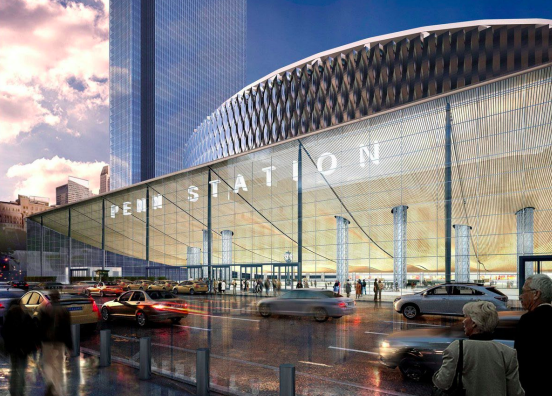
Speaker Johnson, who's on the Community Advisory Council for the big-time project in his district, said that he was going to push for the expanded transit, cycling and pedestrian improvements as the project goes forward.
"A new planning framework for Penn Station and the surrounding blocks has to focus on the needs of transit riders, pedestrians, and bicyclists," said Johnson. "I look forward to working closely with the community, Empire State Development, and the MTA to make sure we make the most of this moment and transform one of the most congested parts of New York City into a model of sustainable transportation."
The proposed plan leaves bike parking out of the listed public amenities, oddly enough, despite DOT Commissioner Polly Trottenberg recently pointing out that the Penn rebuild is an excellent opportunity to add in badly-needed bike parking spots.
"When you're designing a big transit facility, that is a wonderful opportunity to involve major bike parking baked into the design," Trottenberg said at a CityLaw breakfast event at the end of July, adding that she was frustrated that such Amsterdam-style bike infrastructure isn't part of big projects as they are in Europe.
After initial publication of this story, Empire State Development Corporation spokesman Matthew Gorton sent over the following statement:
This project is one part of a larger vision for Empire Station Complex, which will create the integrated, world-class transportation hub and surrounding transit-oriented business district that New York City deserves. The draft scope for the project not only enables the expansion of Penn Station to meet the demands of the nation’s busiest train station, it also calls for local transit and public realm improvements and embraces a non-vehicular framework while addressing the vehicular impacts we are required by law to consider. The project calls for a 75-percent reduction in parking in the project area and would create neighborhood pedestrian and bicycle amenities like wider sidewalks, additional plazas and open space, new and improved bike lanes, and shared streets, which reduce traffic. ESD welcomes Community Board 4’s input during this public comment period, as feedback from the public is a core part of the environmental review process and will help refine the project over the coming months.
Letter to ESD Re Response to Scoping Hearing on Empire Station Complex
